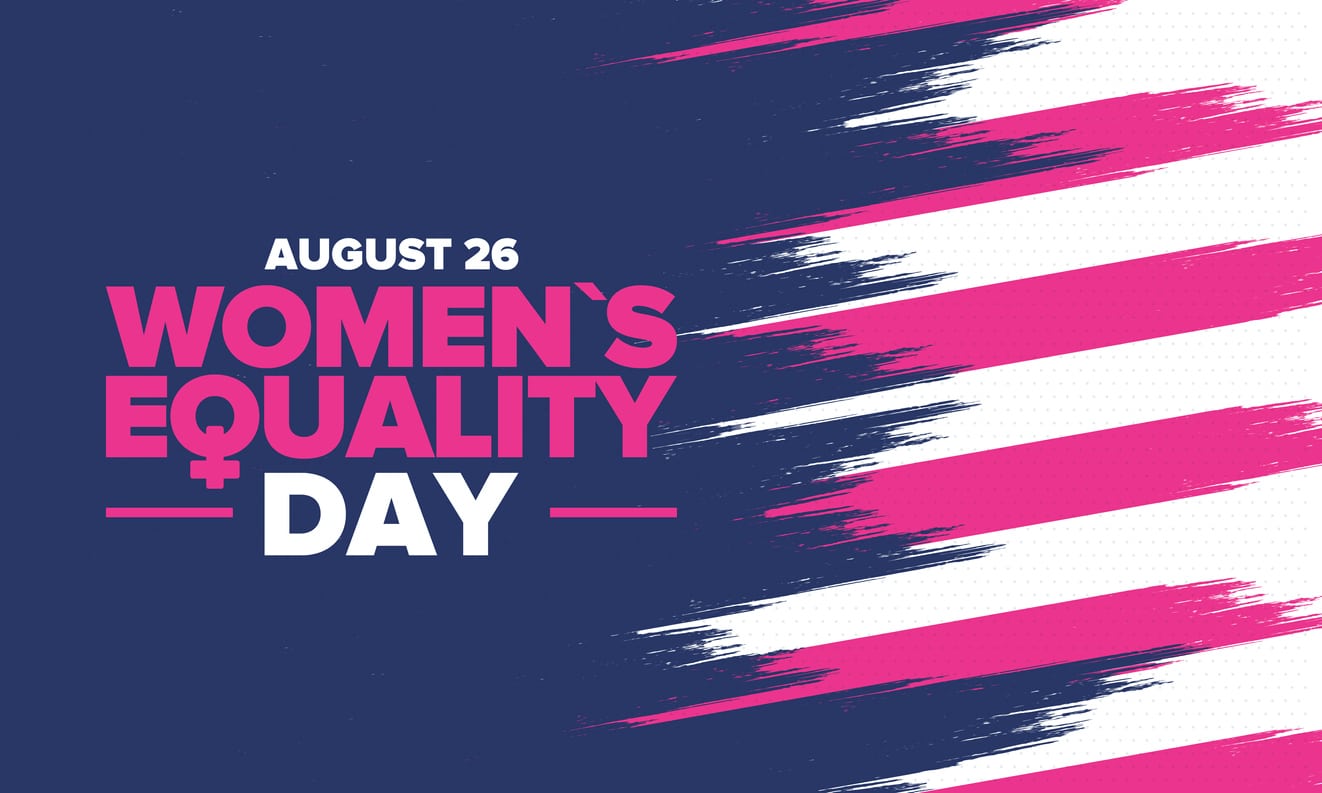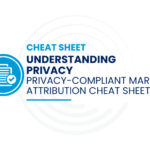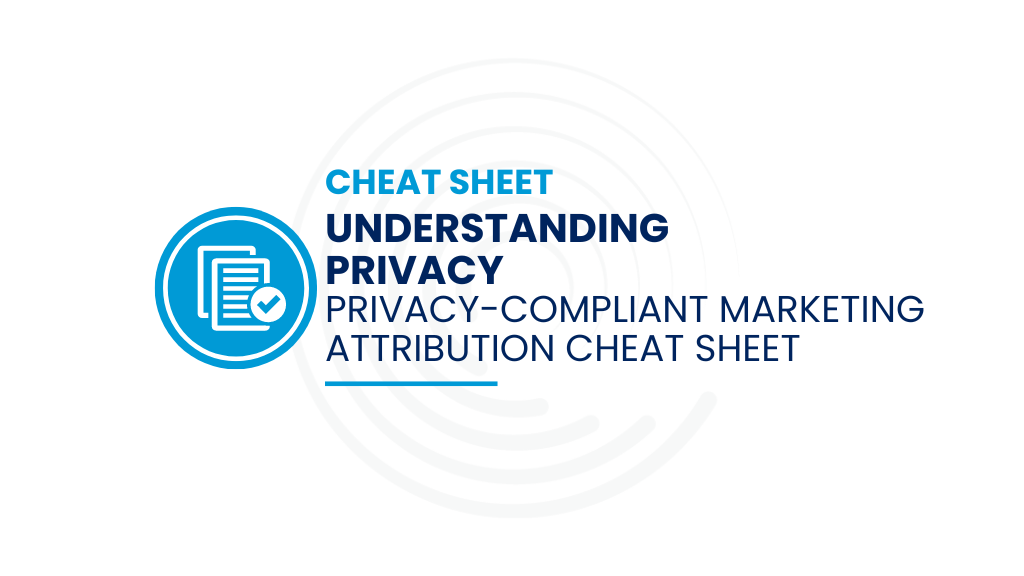August 26 was first recognized as Women’s Equality Day in the U.S. in 1973, thanks to legislation championed by U.S. Congresswoman Bella Abzug of New York. It commemorates the date the 19th Amendment was certified in 1920, granting women the right to vote. Every year, Women’s Equality Day continues to raises awareness of women’s progress toward full equality.
We’ve still got a long way to go. Shortly after my co-founders and I launched Full Circle Insights, I was invited to attend an event at a bank to honor 100 startup CEOs. I was the only woman CEO in the room. Even after years of working in a male-dominated industry, that was a wake-up call. It inspired me to think again about why it’s still so rare to find women in leadership positions and what we as leaders can do to fix it.
There are many cultural currents that steer women away from leadership positions, some subtle and others not subtle at all. After years of swimming against those currents, here are four things I’ve learned about advocating for women in leadership positions:
1. Find women who want a leadership role. This may seem obvious, but I think it’s important to be clear about it: not every woman wants to be in a leadership role. Humans are diverse in so many ways, including the activities they want to devote their time and effort to, so the first step involved in championing women’s leadership in business is to identify women who want that role and are looking for opportunities to develop their leadership skills.
2. Identify the skills that will be needed. Related to the point above, it’s also critical to recognize the skills a good leader must have and make sure potential leaders want to develop those skills specifically. Contrary to conventional wisdom, a good leader doesn’t have to be an extrovert or certain personality type. Leadership skills don’t always come naturally to people; in fact, women often have to overcome hurdles society puts in their path. But all leaders need the capacity to inspire, provide direction to a team, and resolve conflicts. So, when selecting women for leadership skills development, make sure those are specific skills they want to acquire.
3. Give women more at-bats. When developing women’s leadership skills (or anyone else’s), you have to give them a chance to step up to the plate and take a swing, but it’s important to be cautious about the opportunities. Carefully choose situations where a developing leader exercises her authority, keeping in mind that failure is a possibility. People who are taking on a new role will make mistakes, so be sure you’re prepared for a strike-out, base hit or home run as the outcome. As long as she learns from her mistakes, she can progress as a leader.
4. Encourage women. Leaders don’t spring up in a vacuum. Sometimes people who want to develop as leaders ask for more challenges, and other times, current leaders recognize their potential and give them at-bats so they can learn and grow. Both scenarios are conduits for leadership development, and when you create an environment where these possibilities exist, you’ll be better positioned to field a more diverse leadership team.
Companies get better results when everyone has a fair shot. Many current leaders have internalized this truth, but they’re not quite sure how to get started or how to make real progress on the gender diversity front. A recent book, “The Upside: Better Outcomes when Everyone Plays,” authored by Diane Flynn and Patty O’Brien White, explores these themes in more detail.
We’ve made progress on gender diversity since the first observation of Women’s Equality Day in 1973, but it’s time to do more. You can start by keeping these four tips in mind when thinking about women’s leadership development at your company. When you address gender diversity in leadership at your business, you can expand opportunities for everyone. That’s a great way to celebrate Women’s Equality Day and create a fairer and more equitable workplace all year long.







